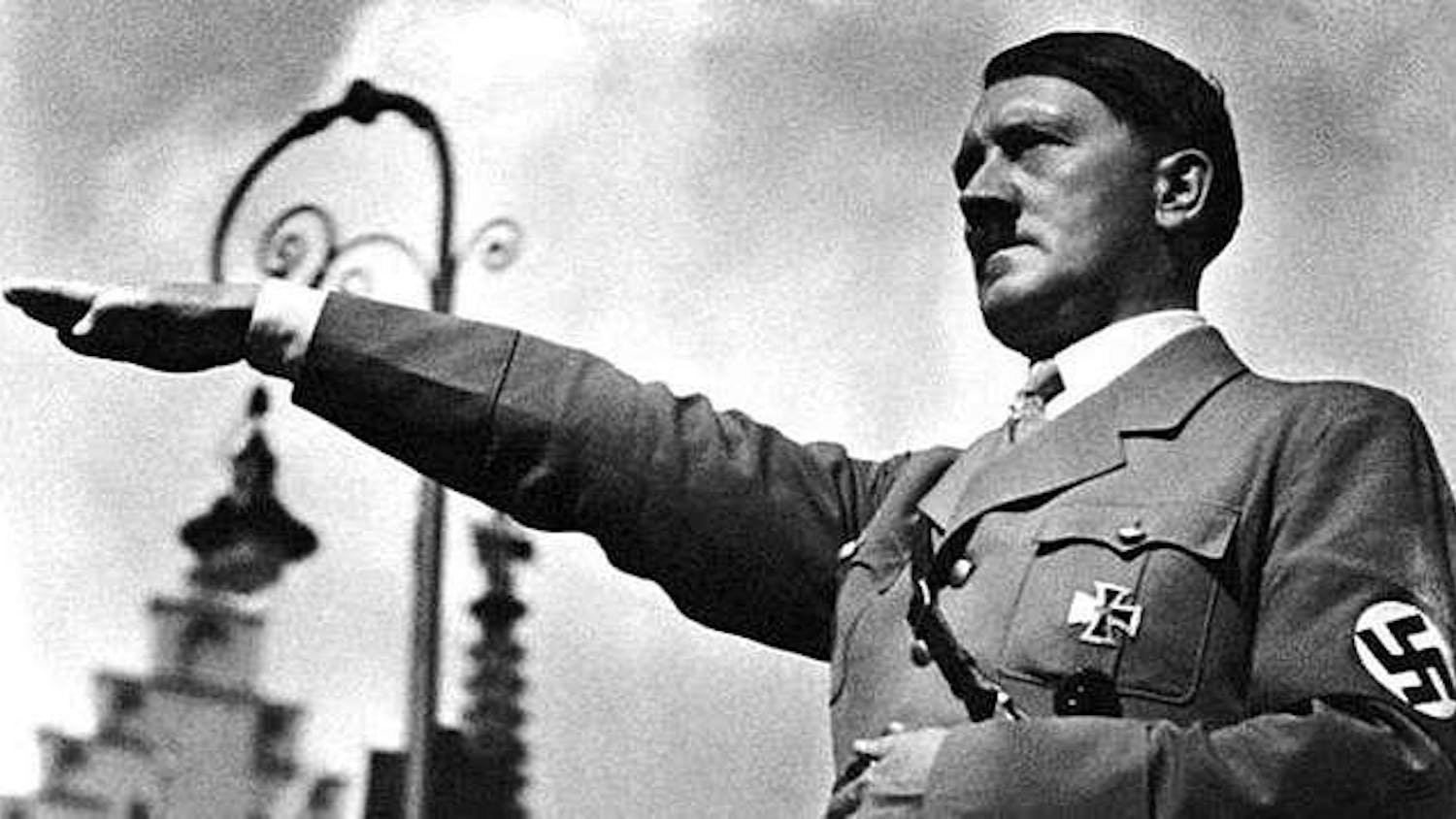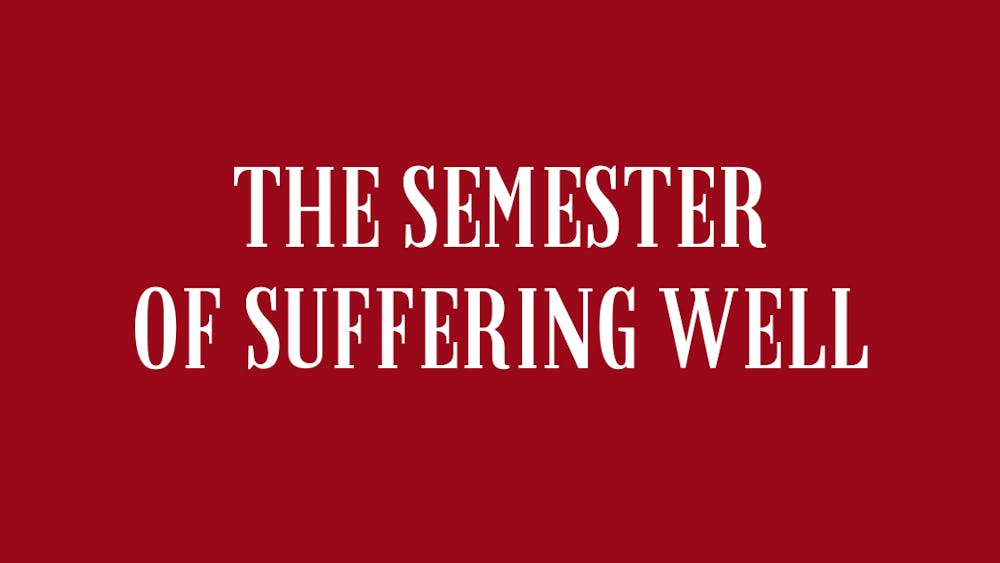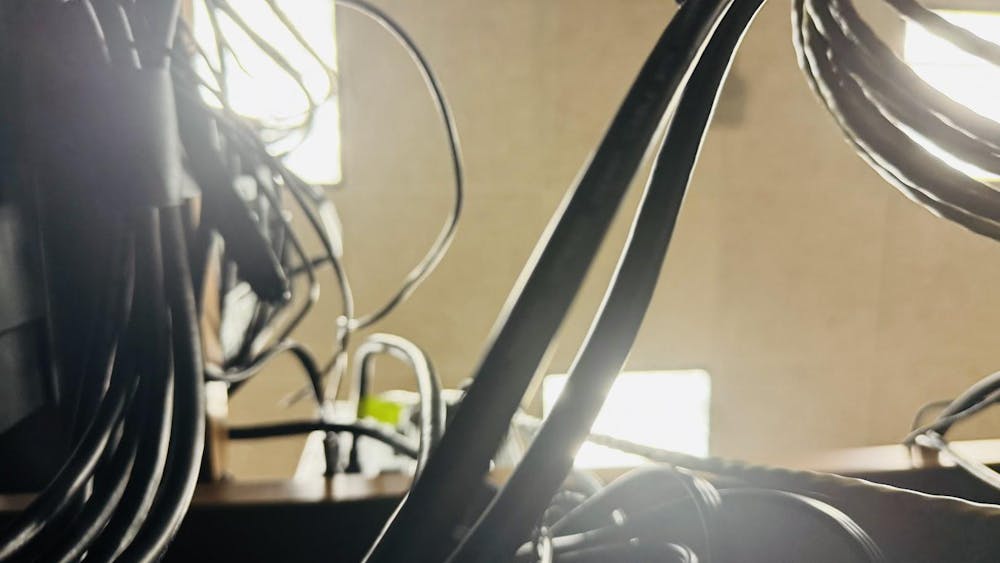Accompanied by my two good friends, Alex Techar and Elle Necome, I traveled to Berlin this past weekend. While the golden Wießbier, the delicious brats and beauty of the Tiergarten would normally be enough to make the trek from Spain to Germany, we had a purpose in mind. It was the 25th anniversary of the Fall of the Berlin Wall, an event that many of our elders remember quite vividly, but was a few years before our generation’s time. That being said, the cultural significance of the Wall and its fall in 1989, and the following victory of Western ideals in the former Eastern Bloc, have not been lost on many of us.
Thanks to some careful research by Alex, we discovered that the weekend of Nov. 7-9 was going to be a giant celebration in Berlin, called the 25 Jahre Mauerfall 2014. Various dignitaries were scheduled to appear, a handful of speeches, performances by famous German artists including Peter Gabriel (but sadly no Hasselhoff) and dozens of exhibits hosted by museums and the celebration committee to commemorate the Fall of the Wall. However, the largest attraction was the Lichtgrenze. Eight thousand white, illuminated balloons marked out a line 15 km long, covering the entire length of the original Wall, which crisscrossed the city of Berlin. The Wall separated not only neighborhoods, grave yards and churches, but also friends, families, lovers and the dominant ideologies of the East and West. Every few meters there would be a Wall Story, a blue box containing pictures and stories of those who tried to escape Soviet-controlled East Berlin. The bravery of those who made desperate attempts was not lost on us as we walked by the imposing guard towers, the freezing Spree and the ever present remains of the Wall.
It was difficult to comprehend that 25 years ago, the capital of Germany was partly in disarray. Surrounded by Soviet tanks and under control of the Politiboro, there are still parts of East Berlin emerging from the former poor economic status of a communist-controlled zone, in direct contrast with their richer, capitalist neighbors in the West. Today, Germany stands atop of Europe. Led by Angela Merkel, the country now has the largest and most powerful national economy in Europe, is leading the way in green renewable energy and technology and most recently was named champions of the football world in this summer’s World Cup. Yet, as the 8000 white balloons reminded us, not too long ago, the country was split in two. Even after nightfall Nov. 9, 1989, when hundreds of thousands of East Berliners took to the streets, soldiers put down their weapons and the peaceful revolution brought the Wall down, there was still the difficult process of reunification. It took some time for the country to be completely reunited politically, economically and socially, as the two factions of Western Capitalism and Soviet Communism were brought together in an awkward and unlikely marriage.
This message of history should not be ignored, especially after a midterm election which saw the Democrats “shellacked,” the Republicans rise and our president left with a hostile Congress for his remaining two years. The Democratic and Republican parties have different ideologies that at times have led to a political gridlock and contributed to an attitude of pessimism today in American politics, as addressed recently by JC Sullivan in his article "Cynicism, irony and politics." However, the United States of America can agree on one thing: this country is united in the principles of democracy, liberty and freedom. When Germany was reunified in 1990 under the democratic lines of West Germany, this was not the case. There was the difficult process of bringing former communists and socialists into the fold, of the release of the secret files of the notorious secret police, the Stasi and numerous other obstacles in the way of German reunification. Families had been betrayed, friendships broken and East Germans had been living under the puppet, authoritarian rule of the Soviet Union for 41 years. Yet, just as thousands had tried to escape East Berlin over the Wall to a dream of freedom, East Germans accepted the changes to their lives and unified with West Germany to become the power that the Federal Republic of Germany is today.
Surrounded by millions of Germans in Potsdamer Platz, gazing at the balloons illuminated in the darkness, remembering the memory of life before the Wall, I was filled with the hope that many Germans must have felt after the Fall of the Wall. It is a hope that the American people will again unite under the principles of democracy, seek positive change in the name of the common good and rise again to become the leader in not only the West, but across the world with a powerful economy, new markets in green and renewable energy, a high standard of living, a functional social security and support for a universal health care system to deliver the most basic human right to all of its citizens. In light of the midterm elections, the current state of politics and the looming 2016 presidential race, this may seem like an impossibility. Yet as we spoke with several Berliners, my friends and I were astonished to find that many Germans never thought they would be reunified, or that the Wall would ever come down. When an impossible dream became a reality, an illustrious people with a rich history rose to the occasion and have overcome every obstacle to enter the world’s stage once again, unified and proud. As the balloons were all released simultaneously under the night sky, I was filled with the hope that the same will happen back across the pond.

The views expressed in this column are those of the author and not necessarily those of The Observer.












